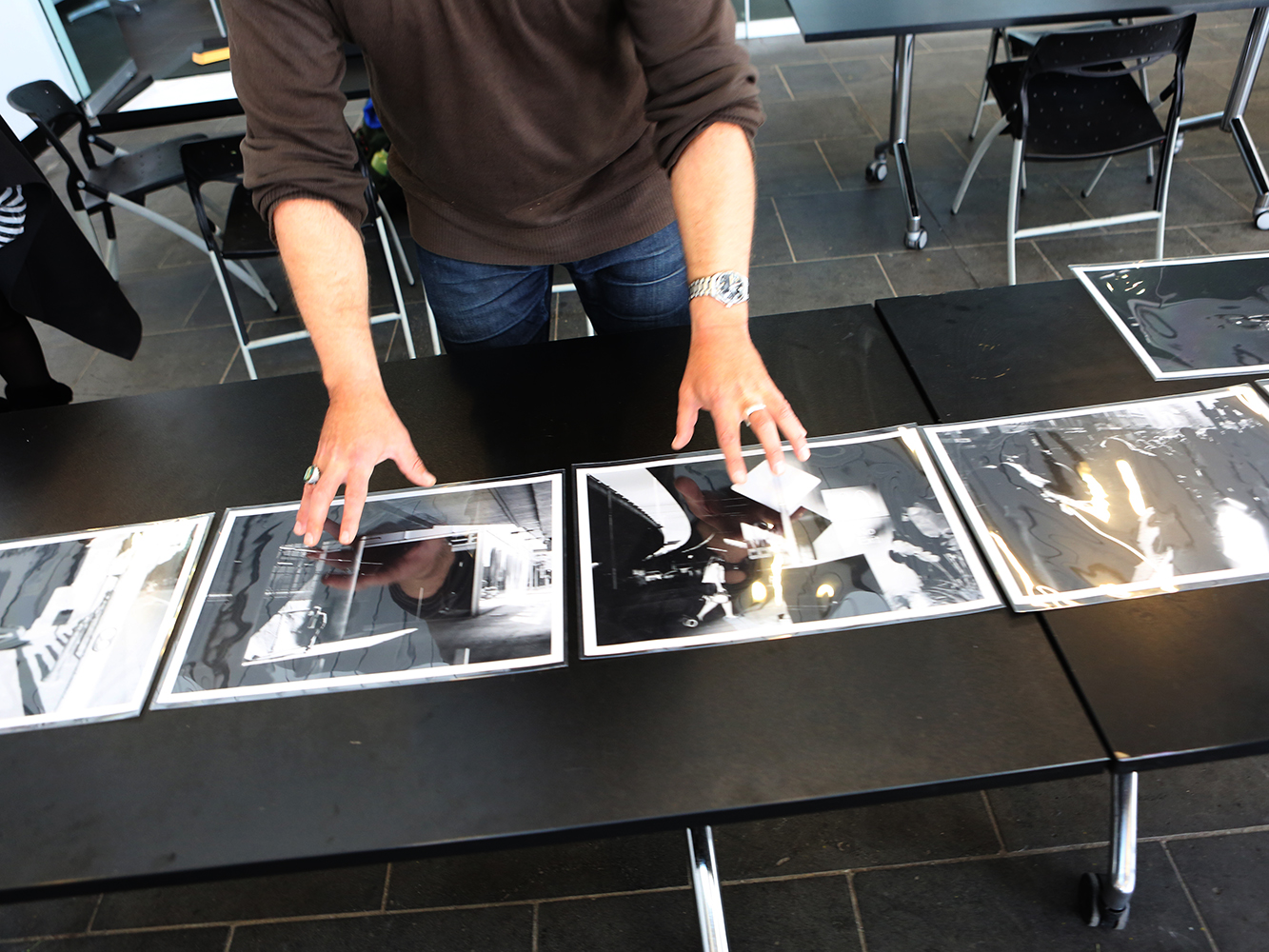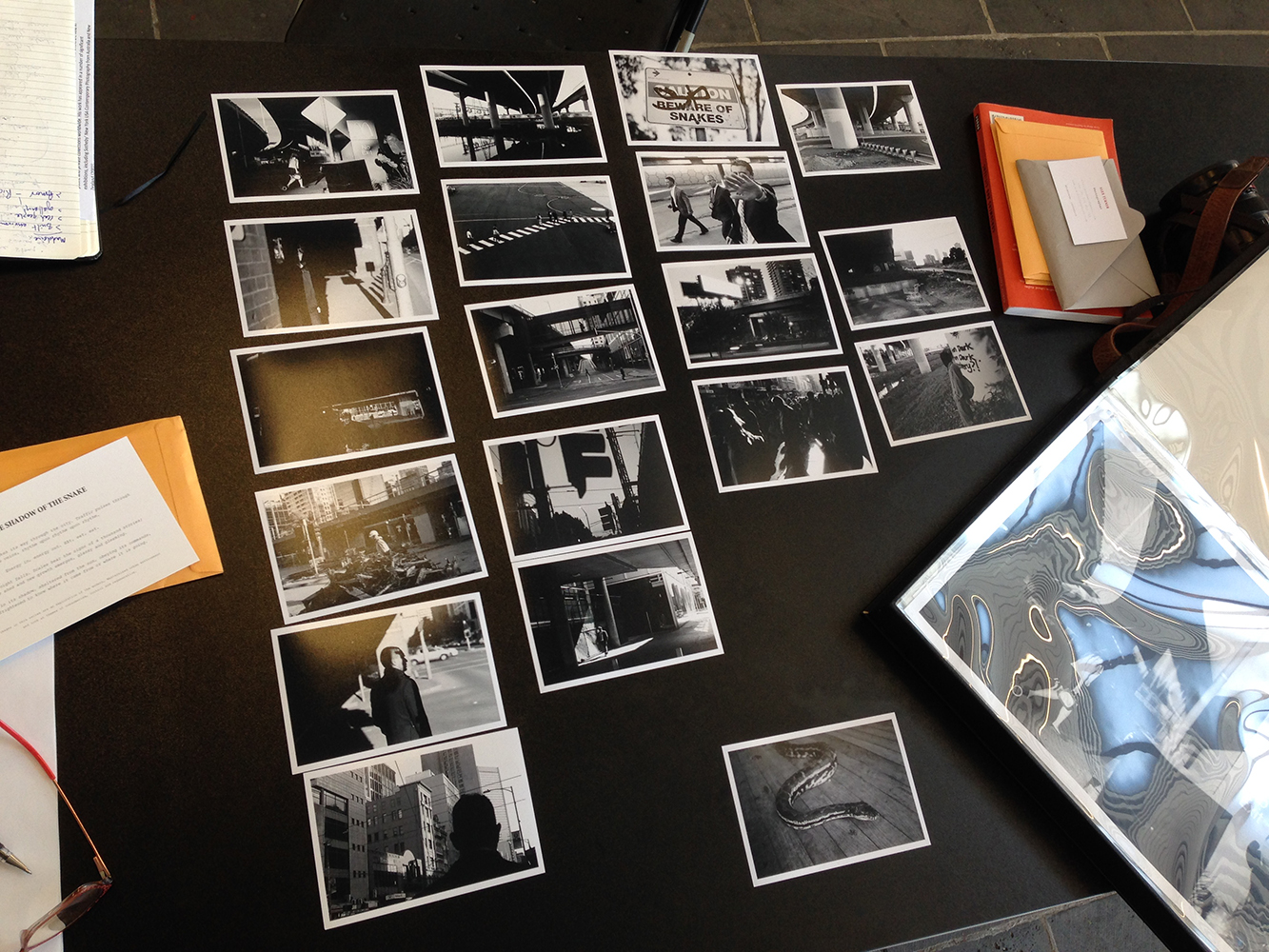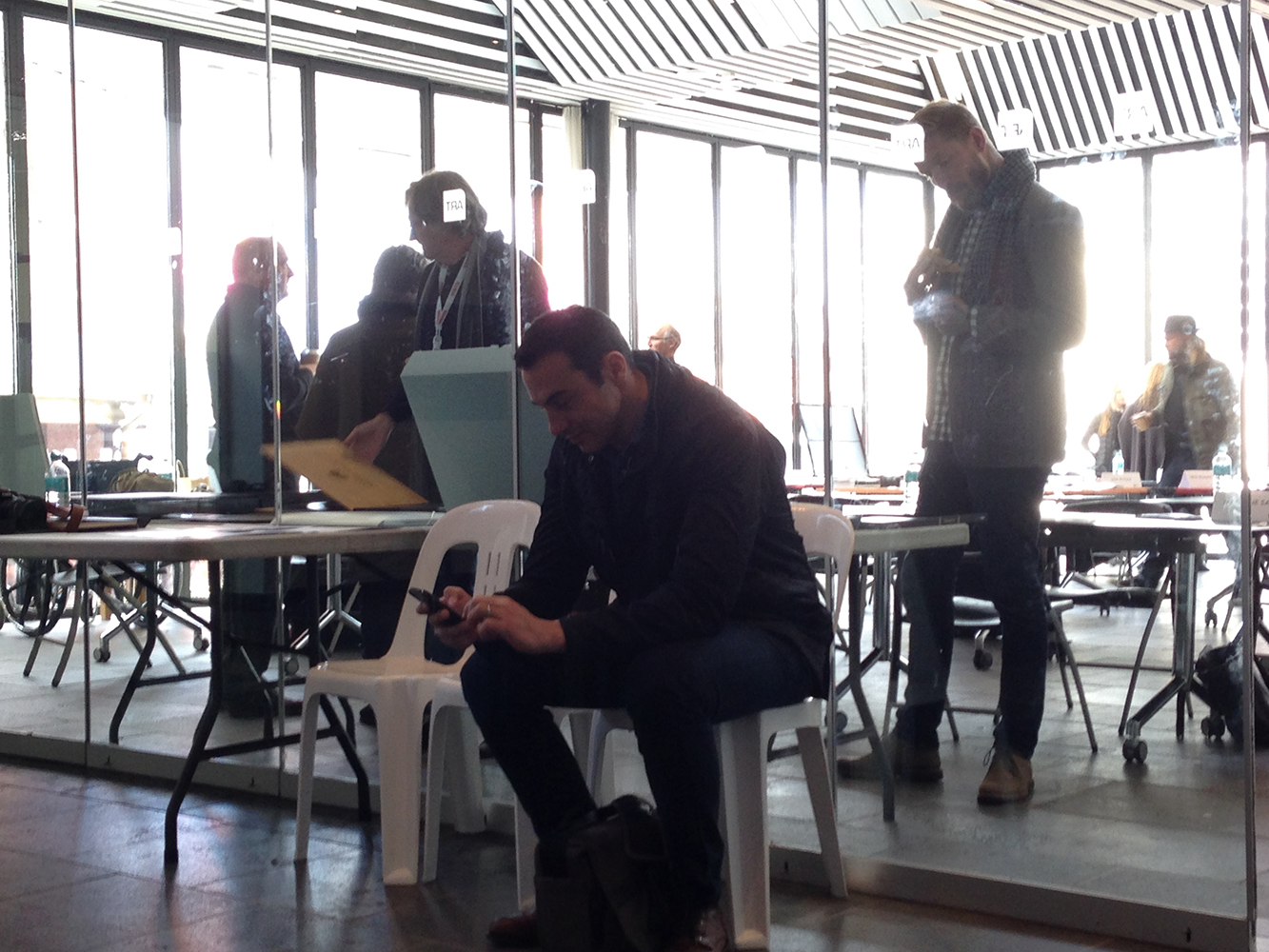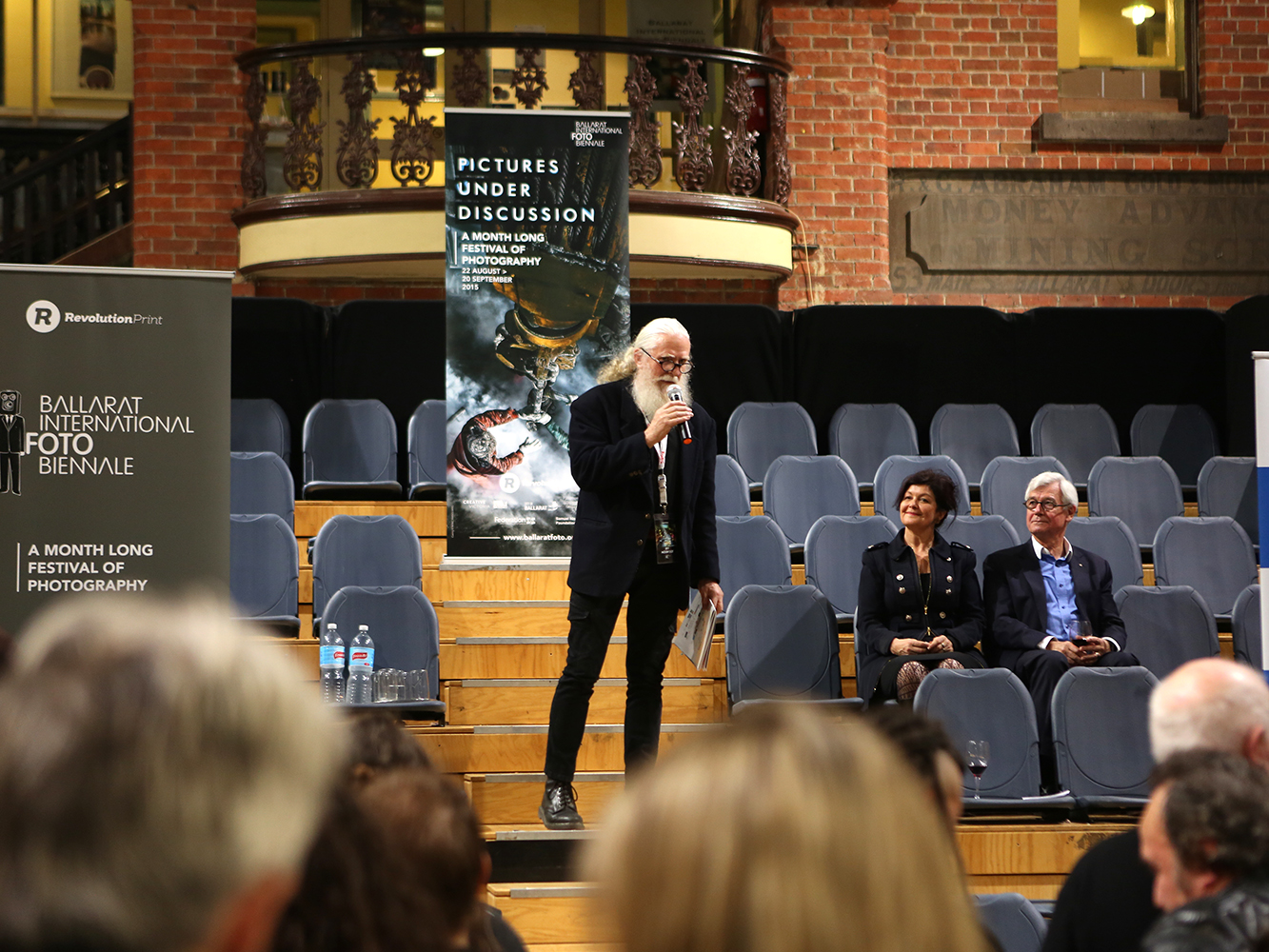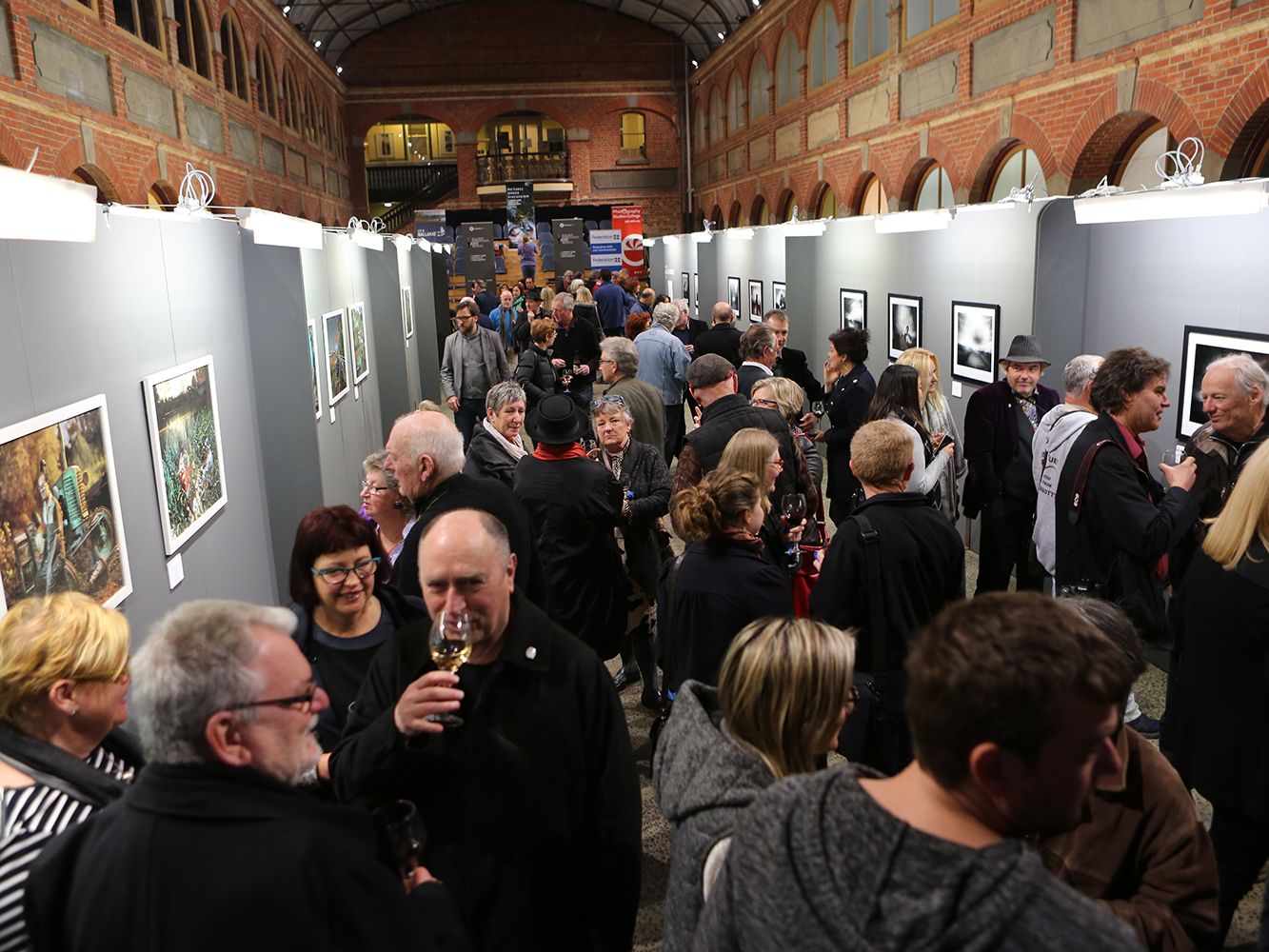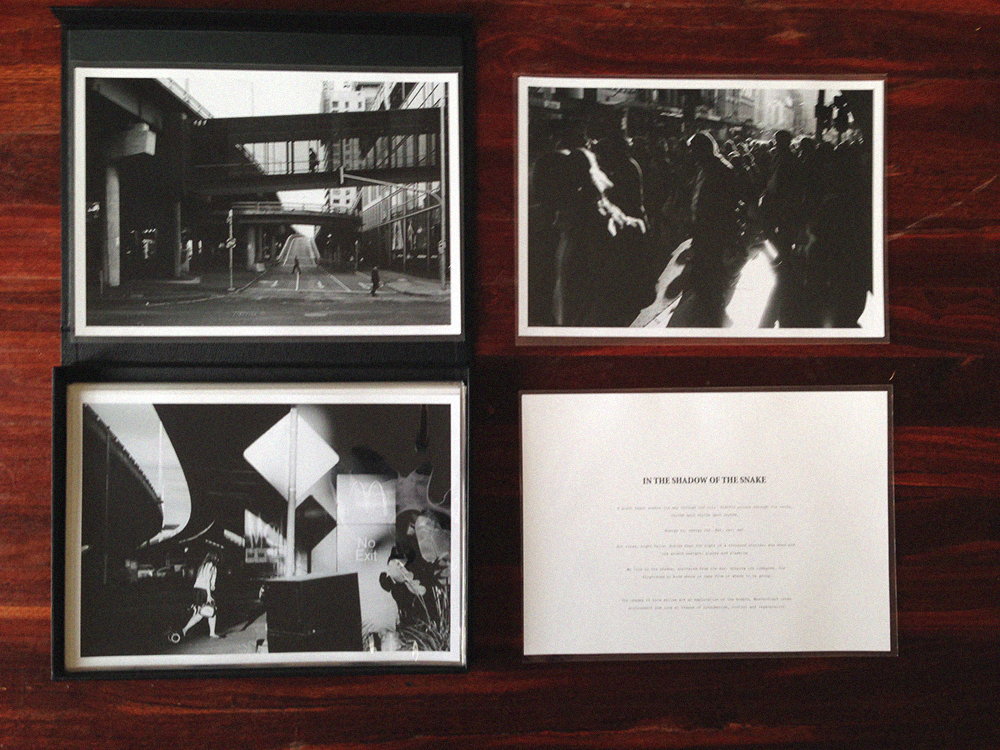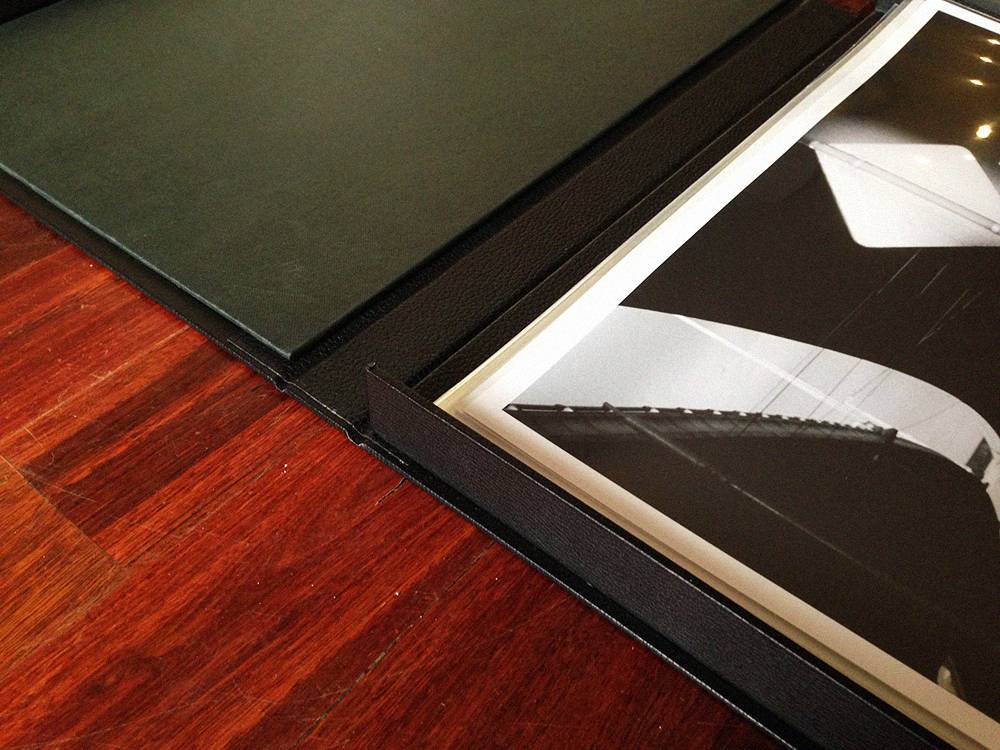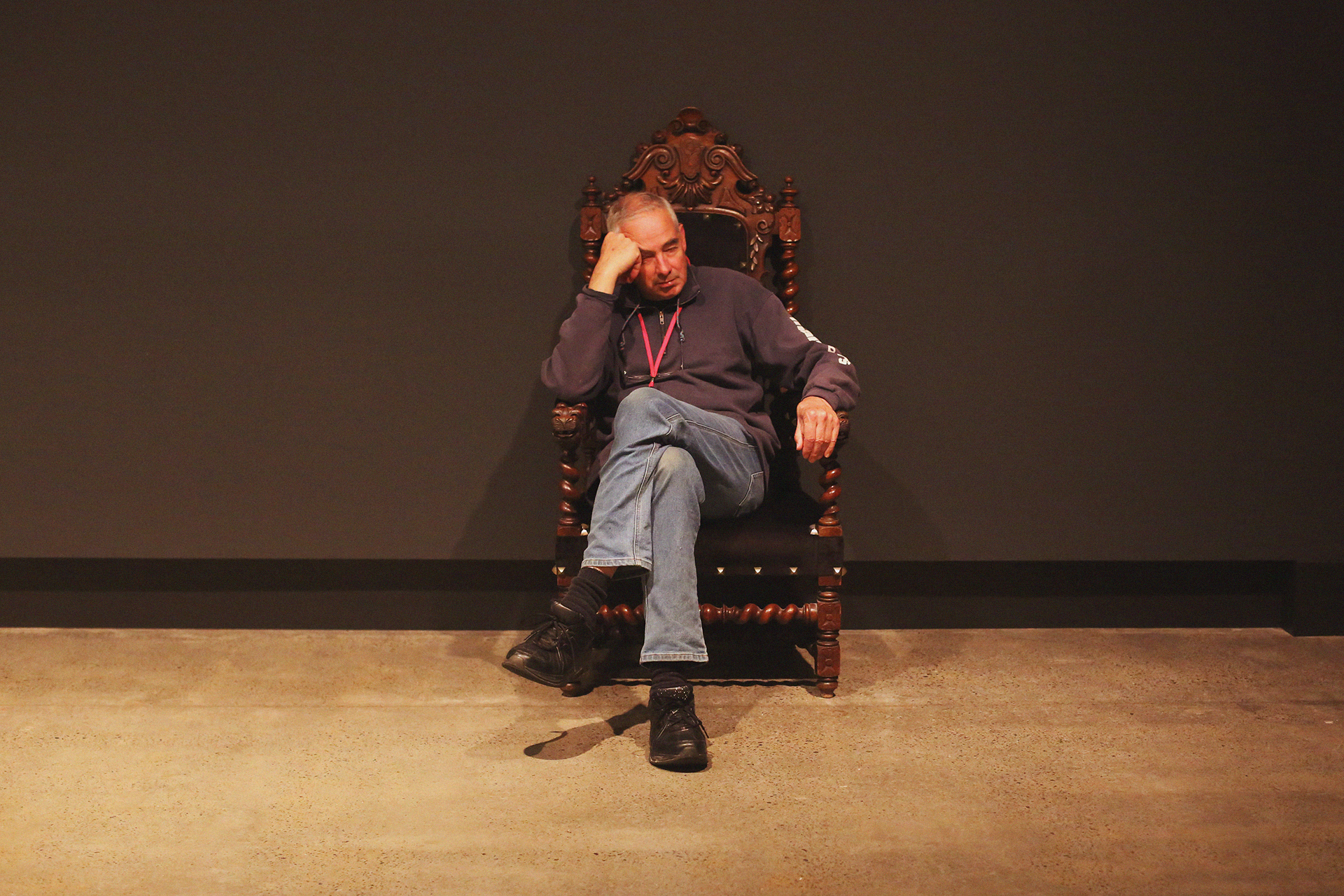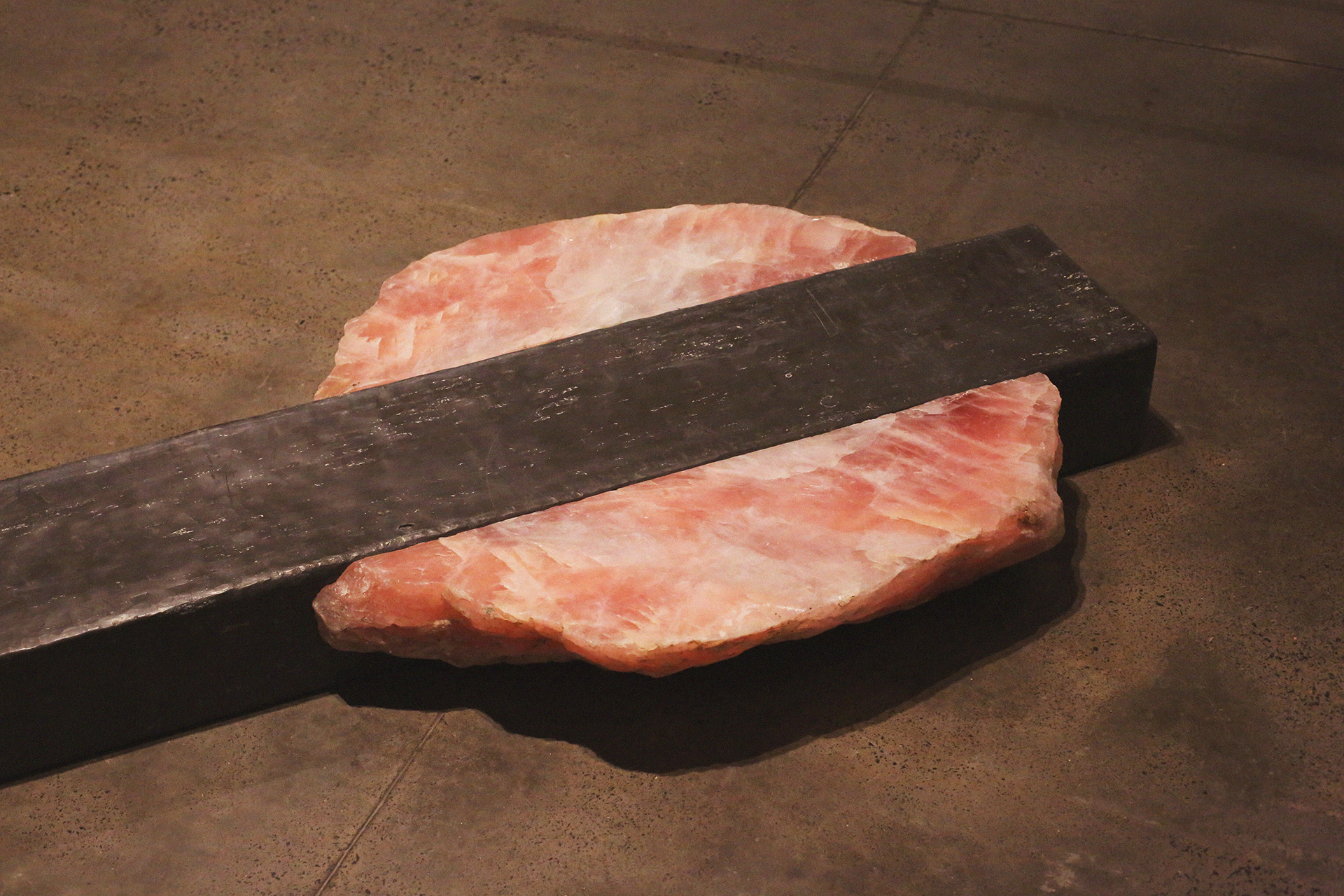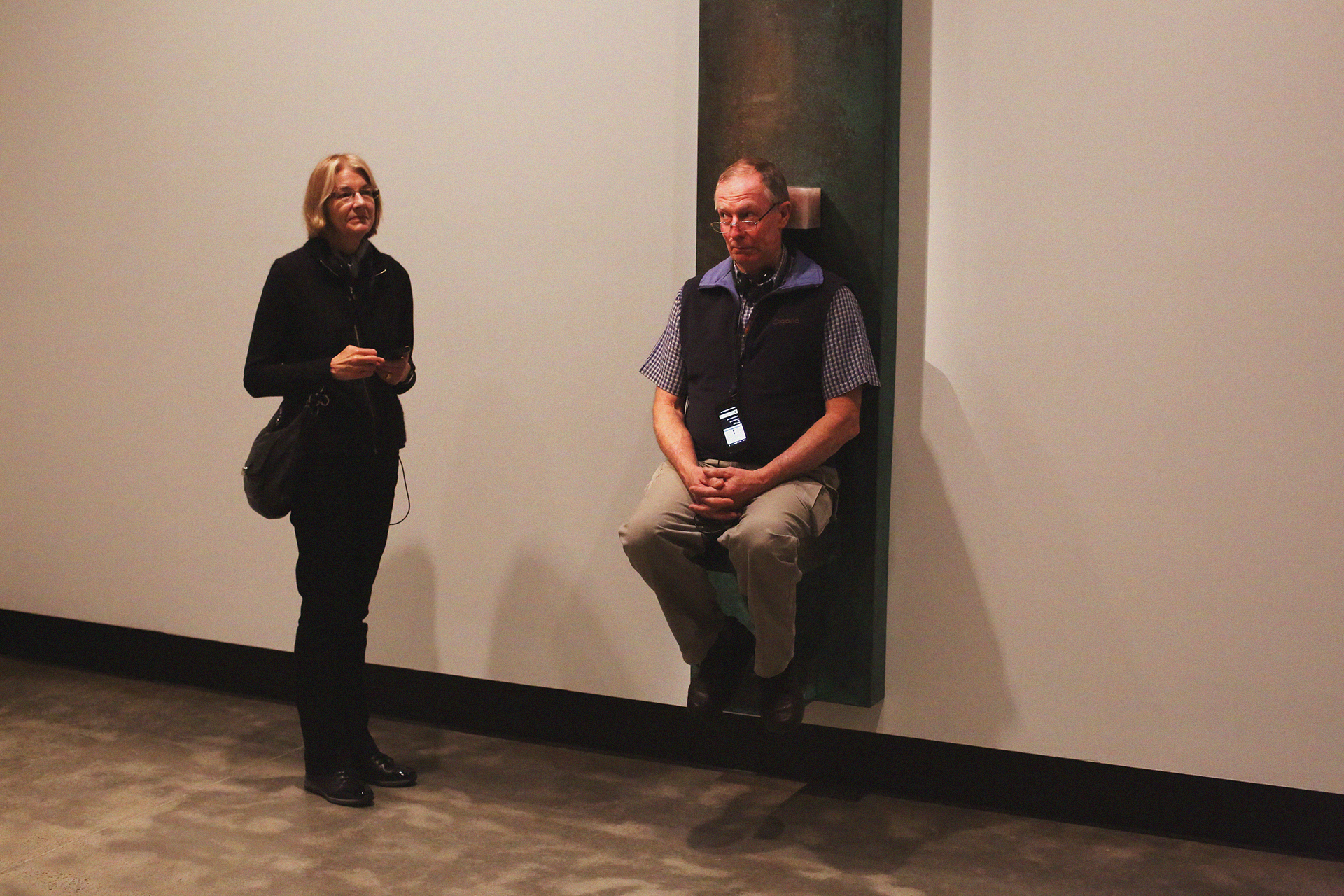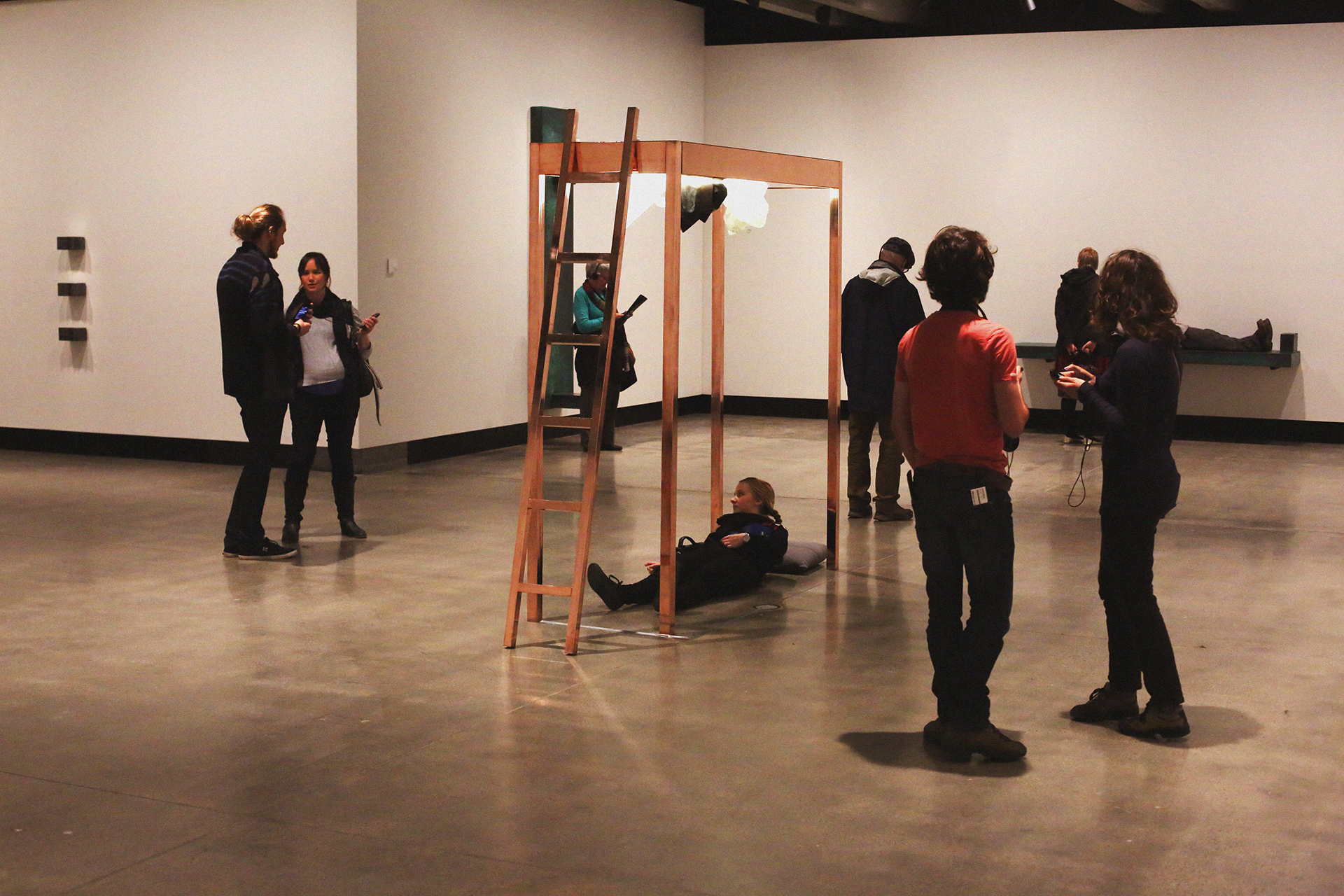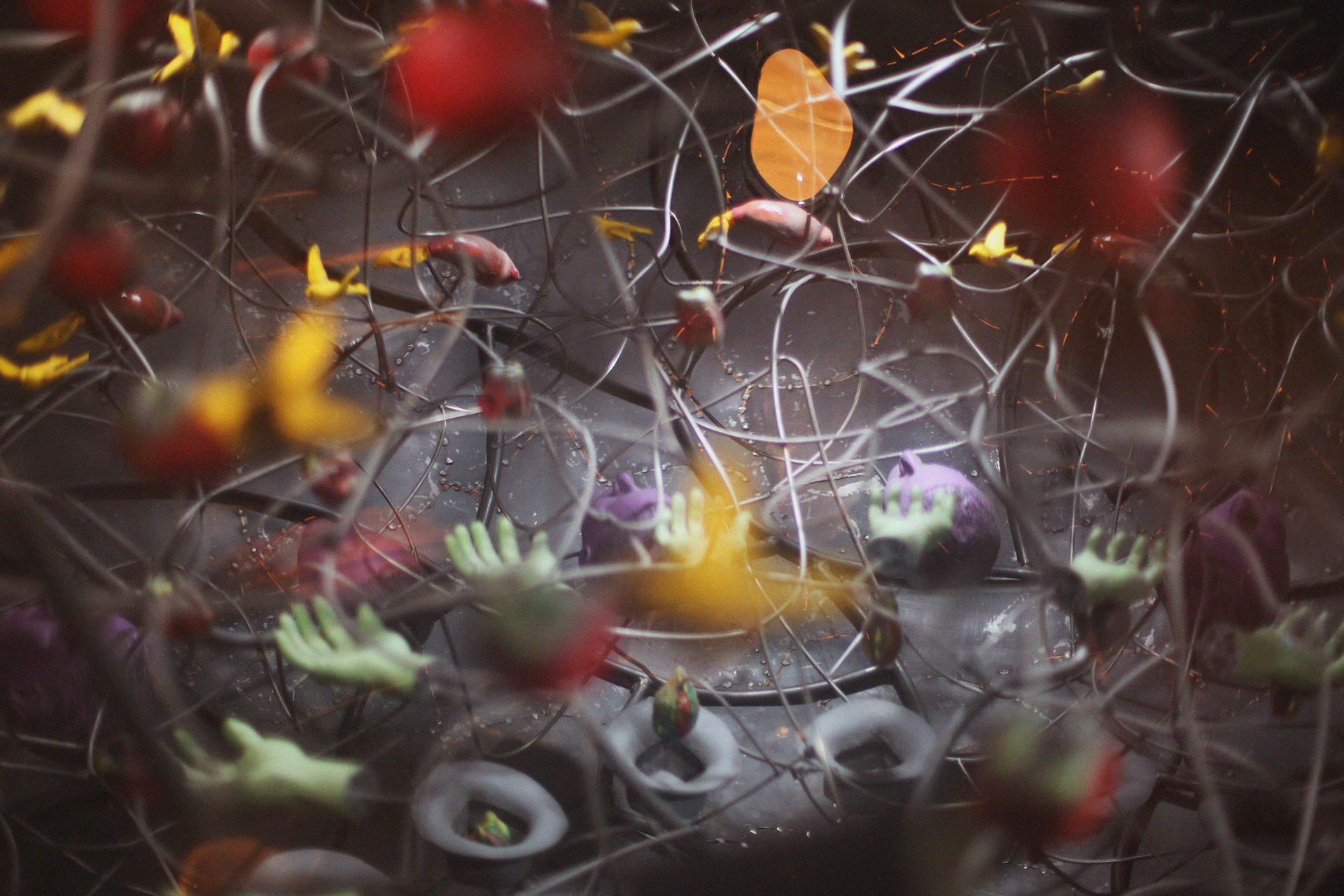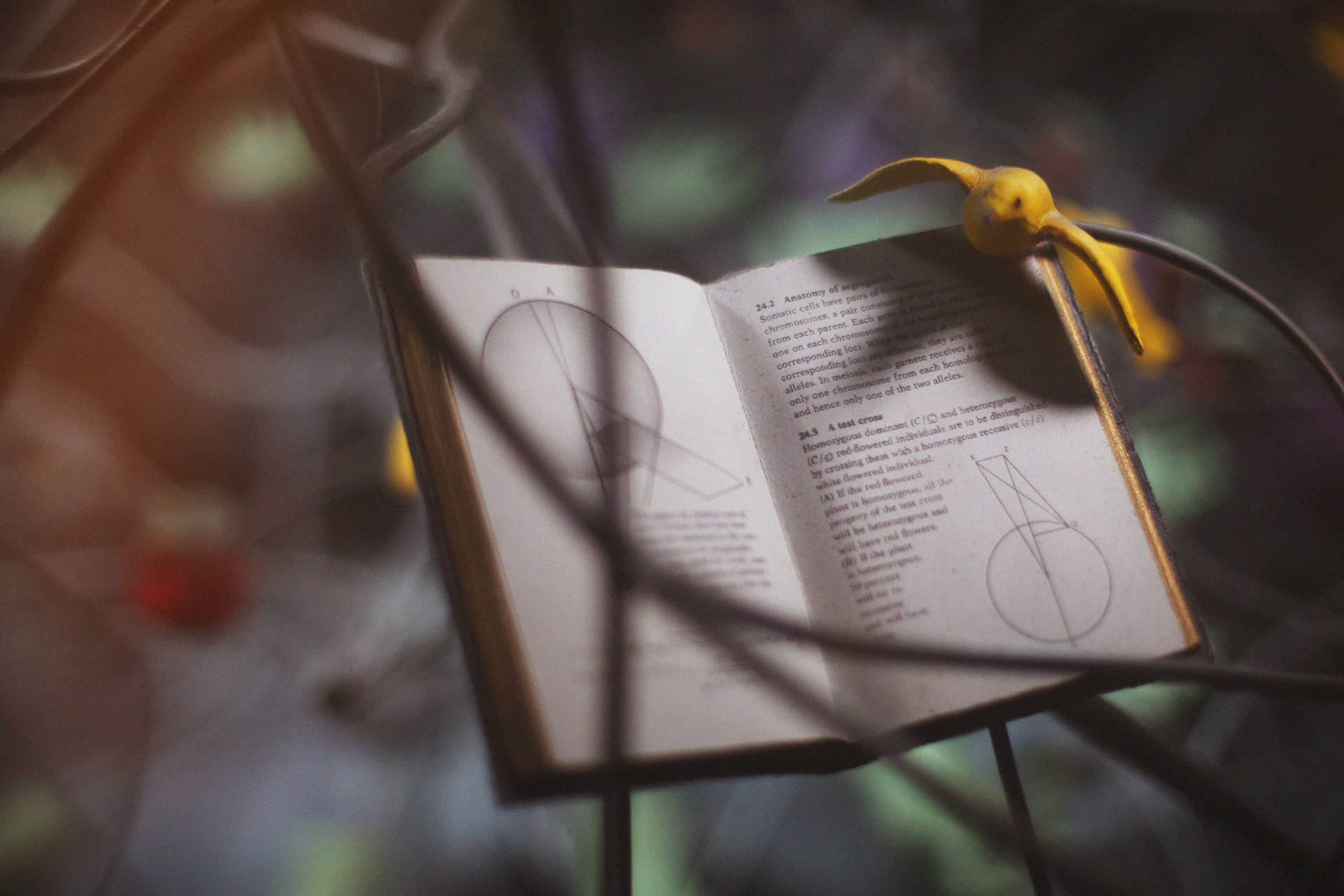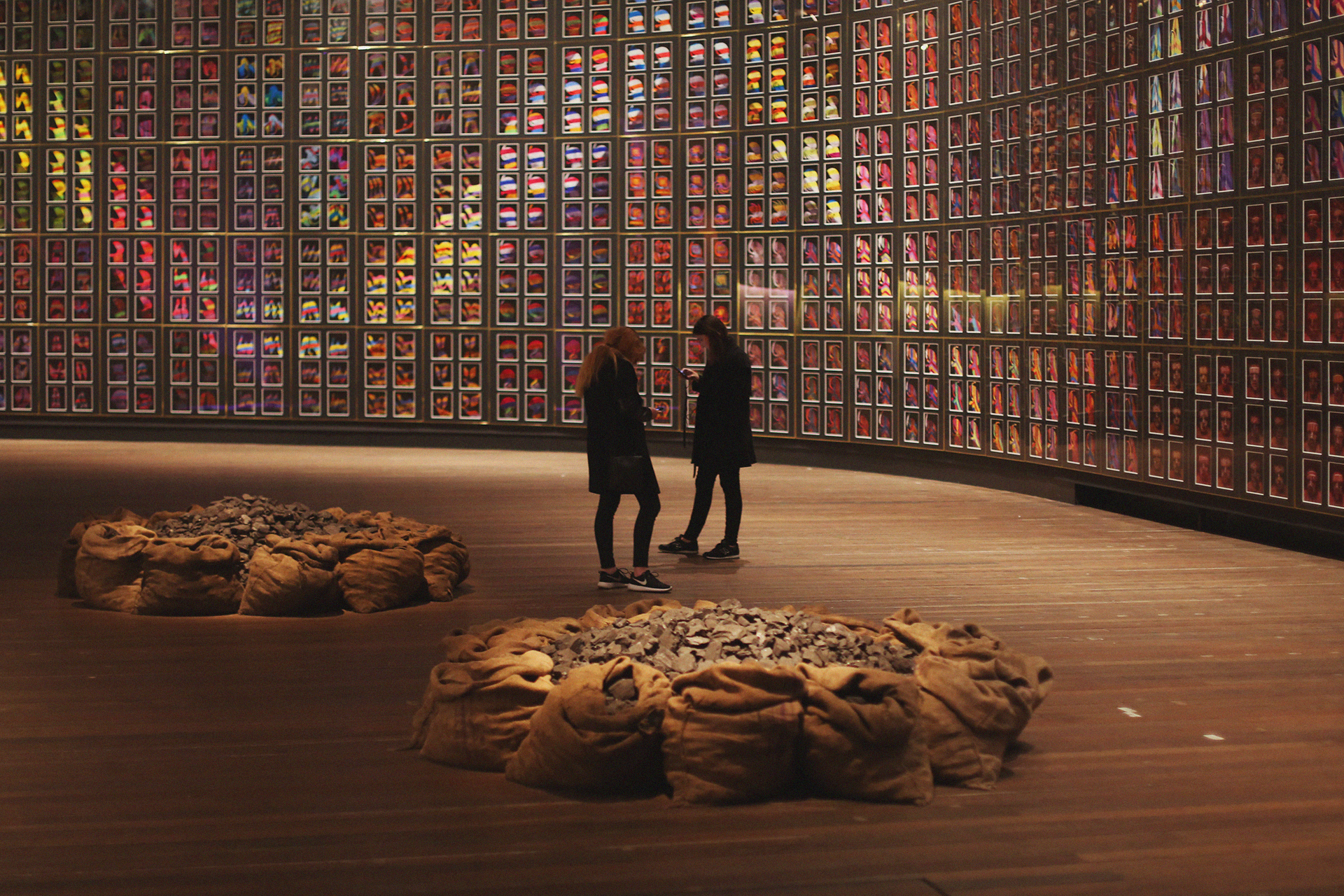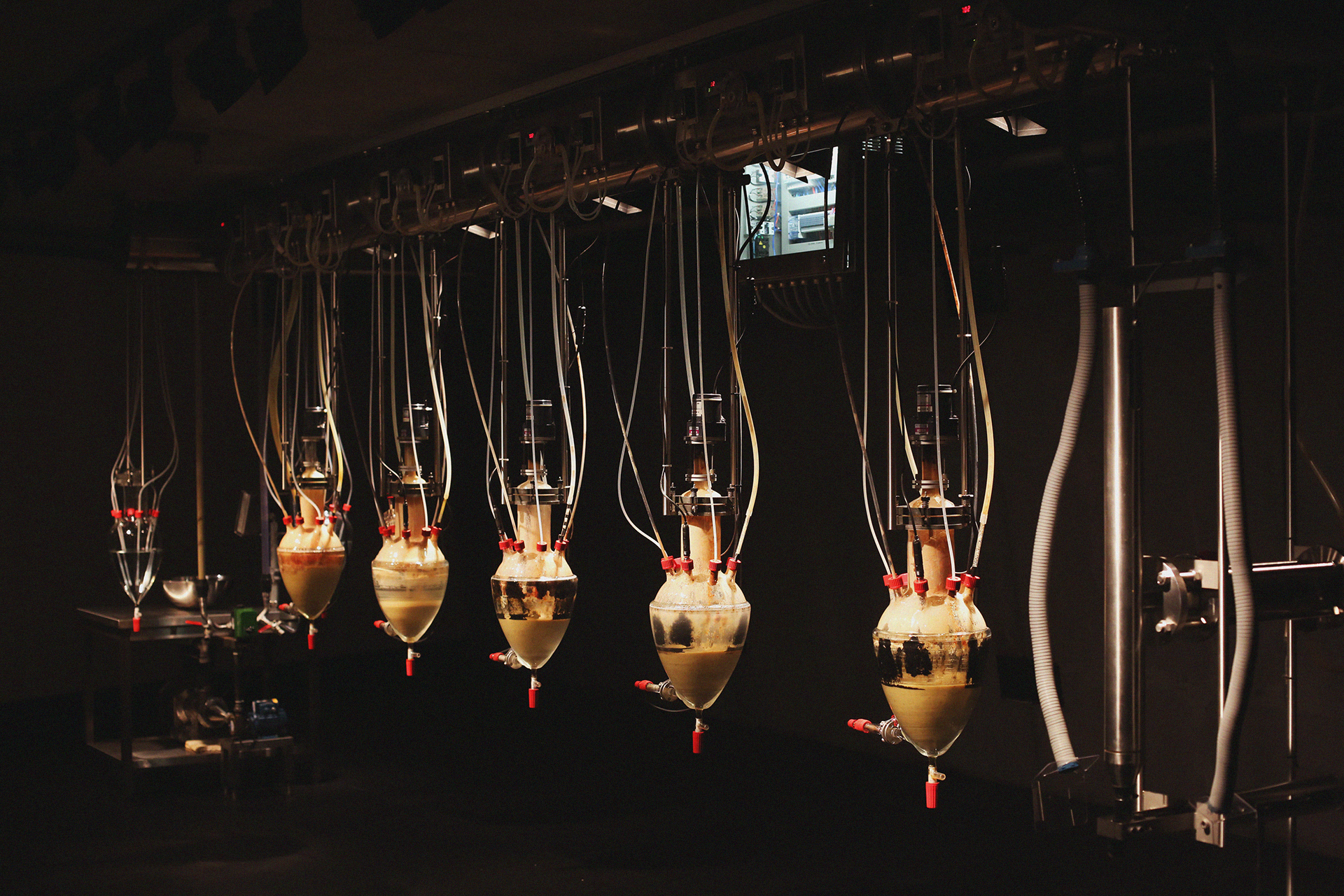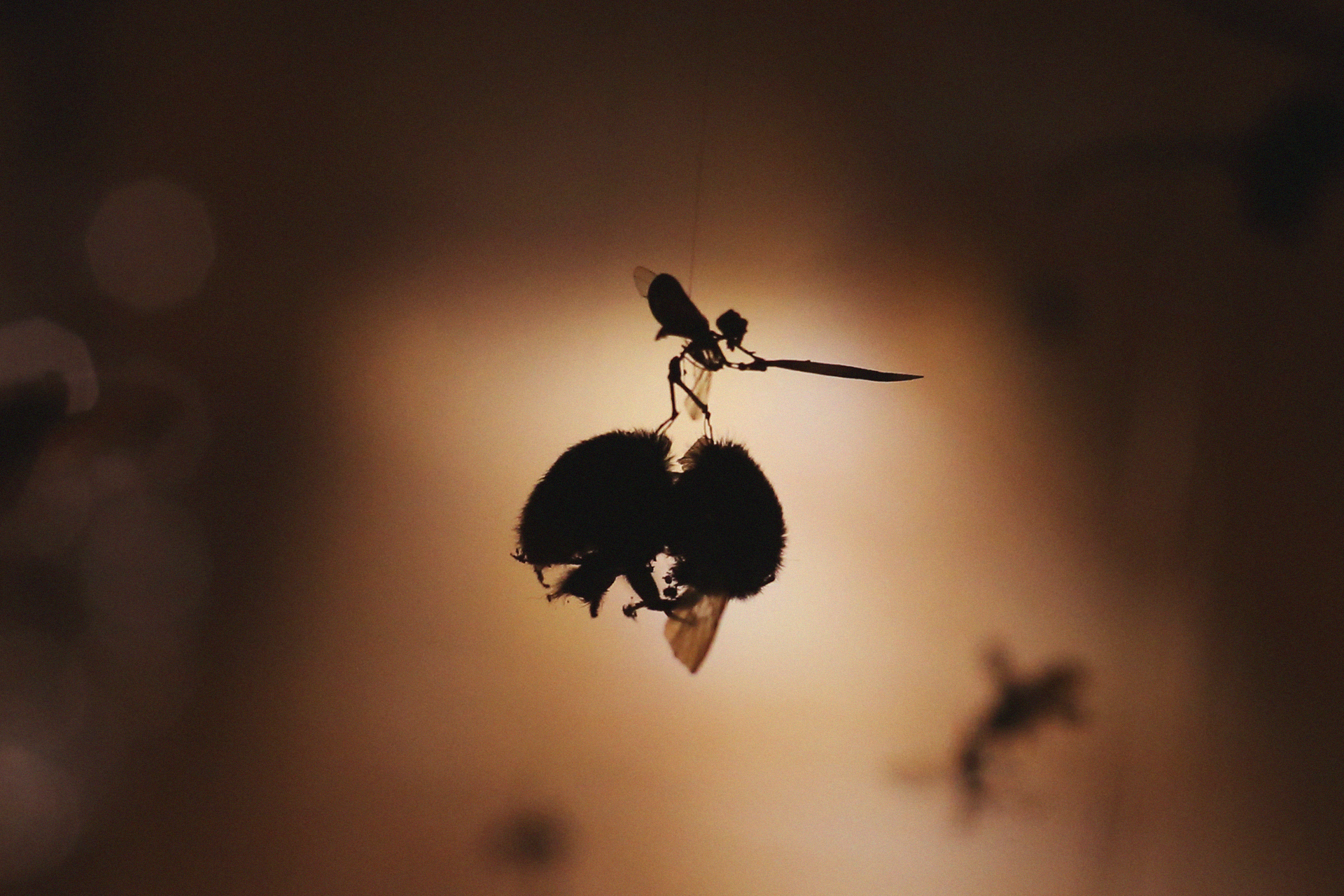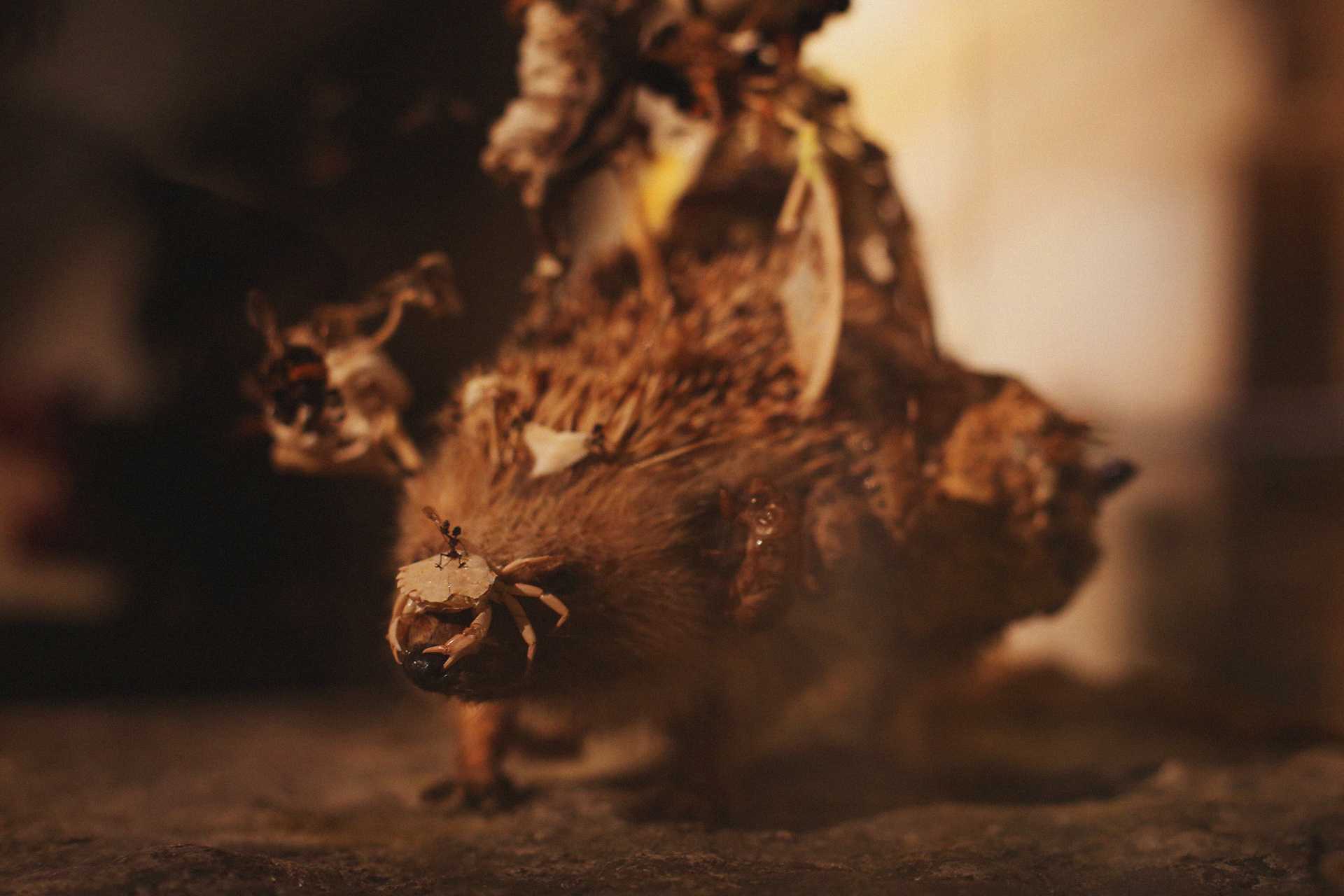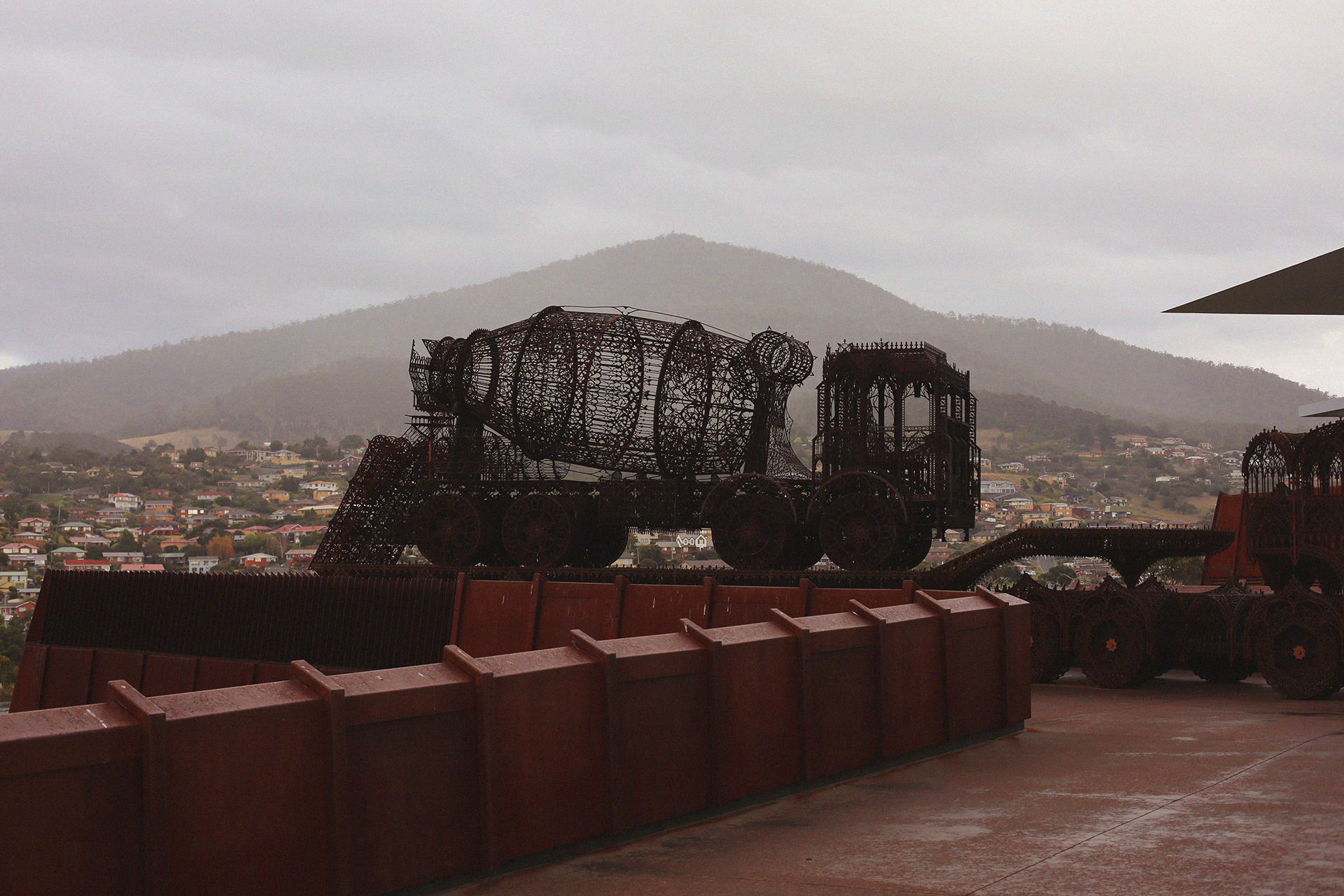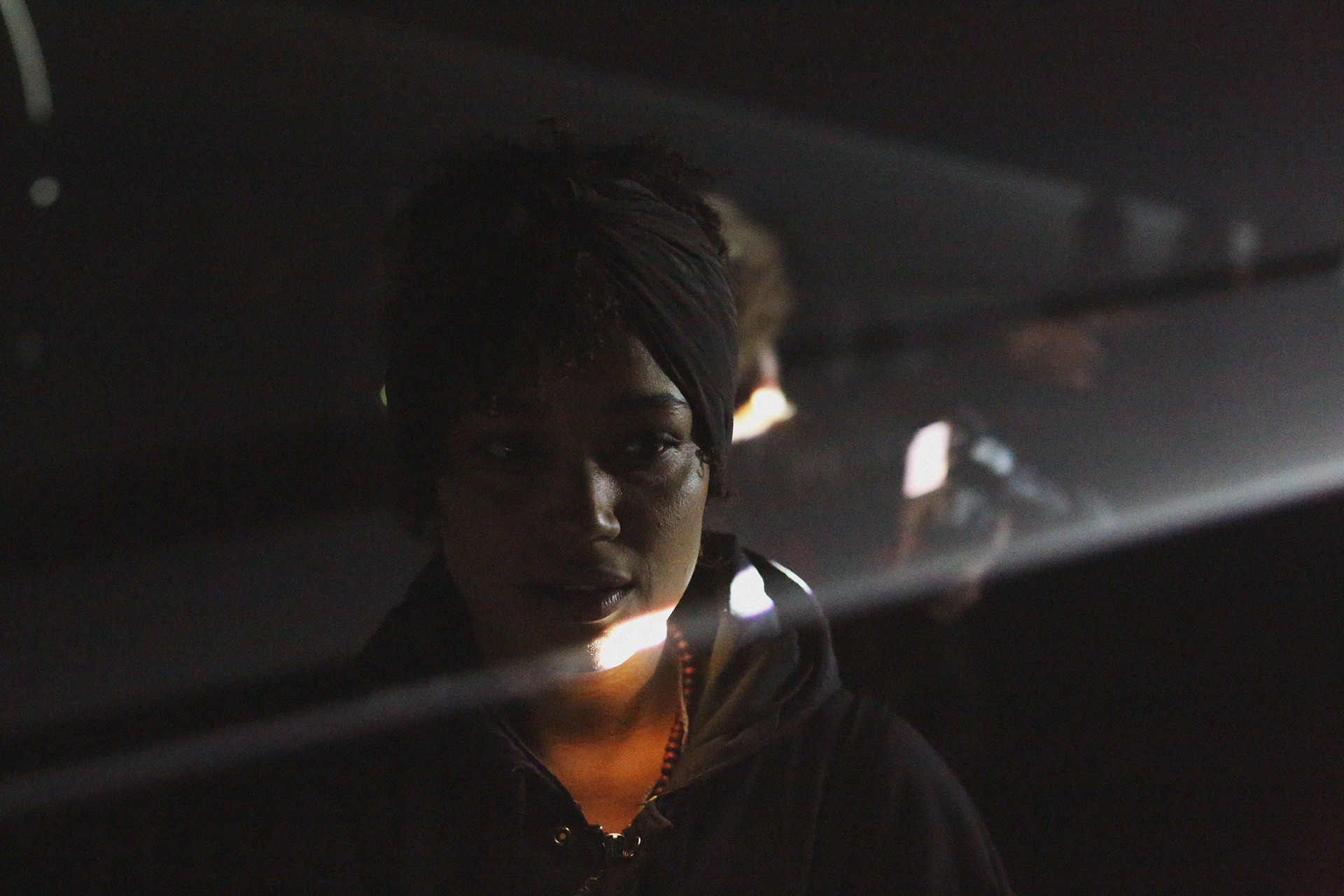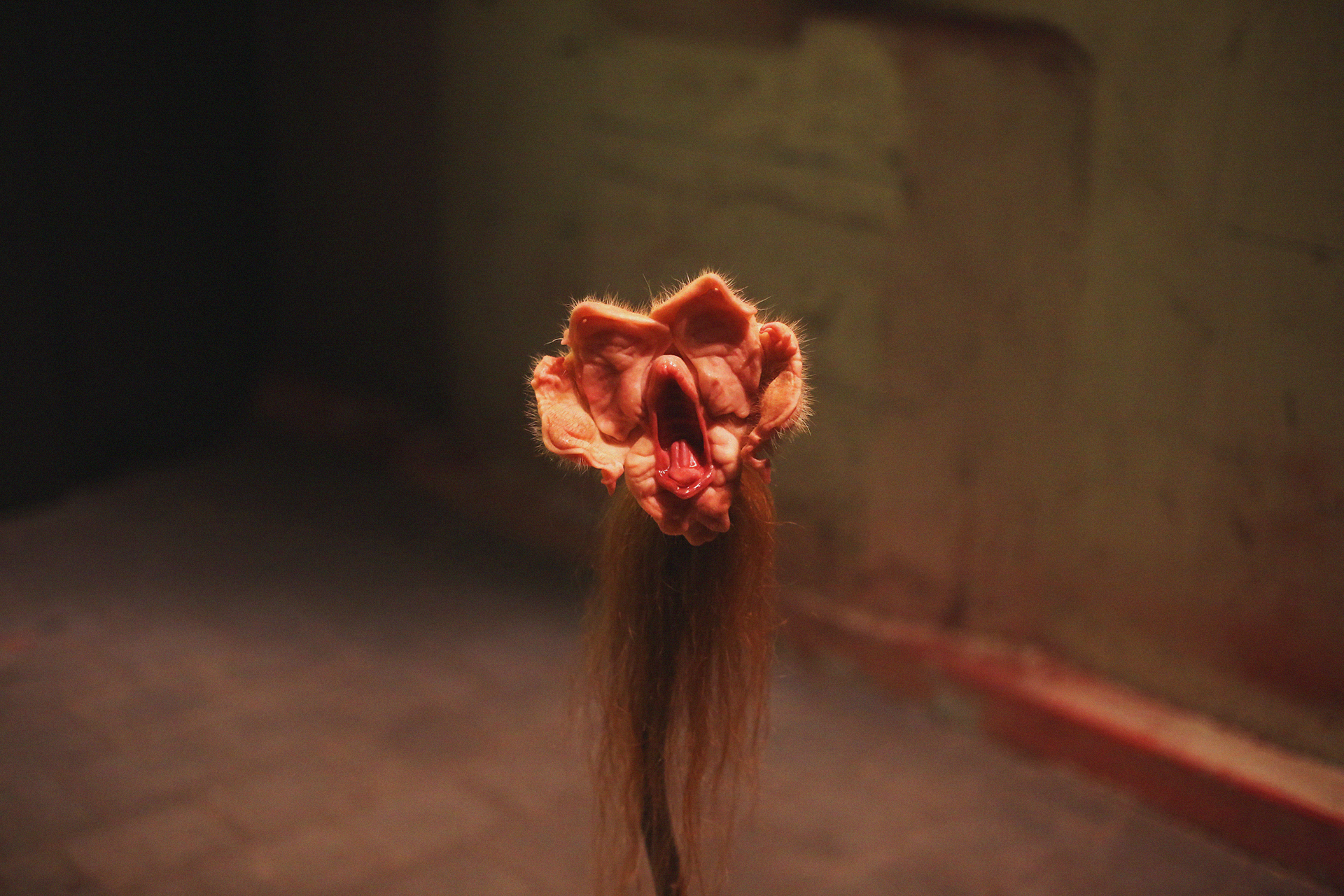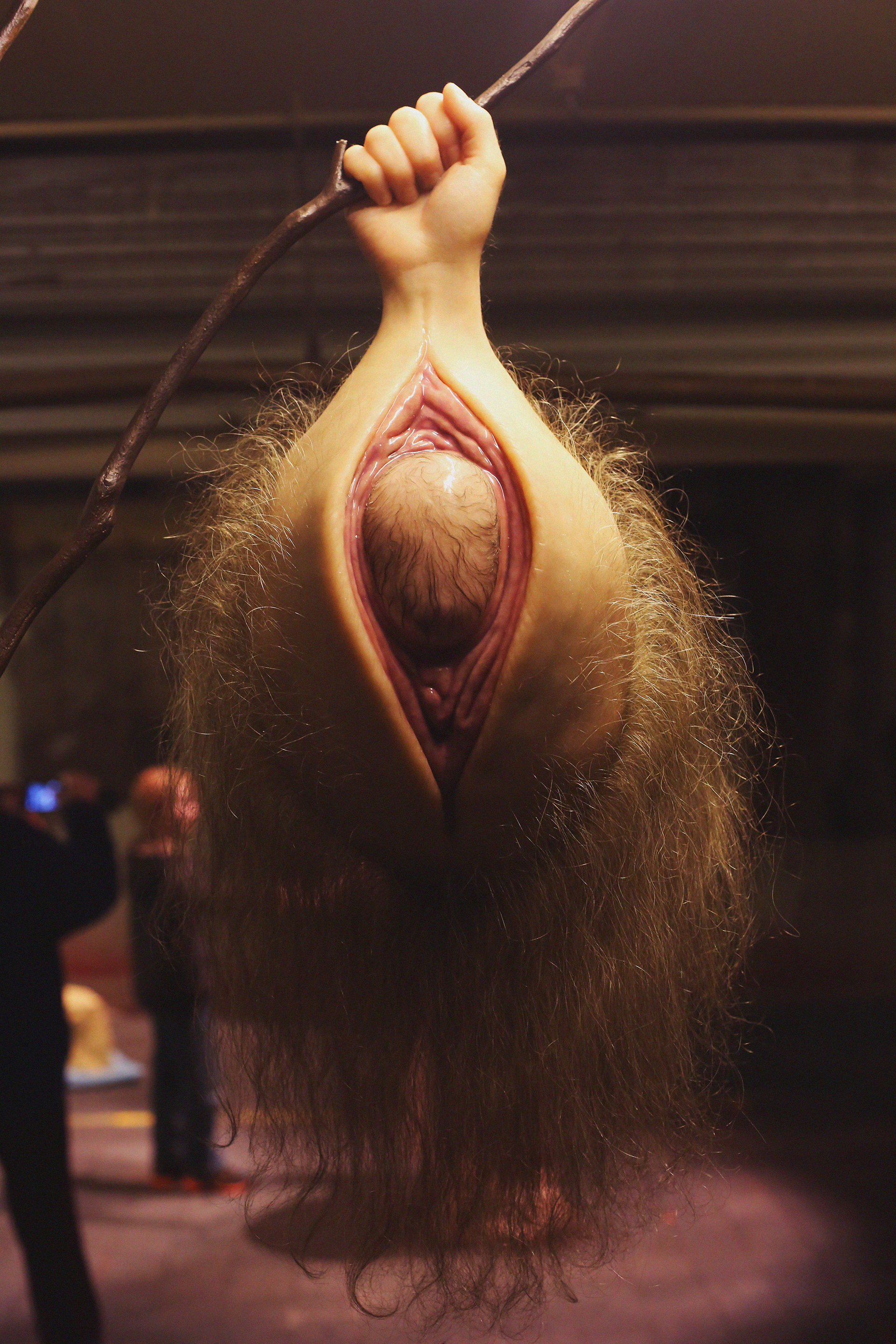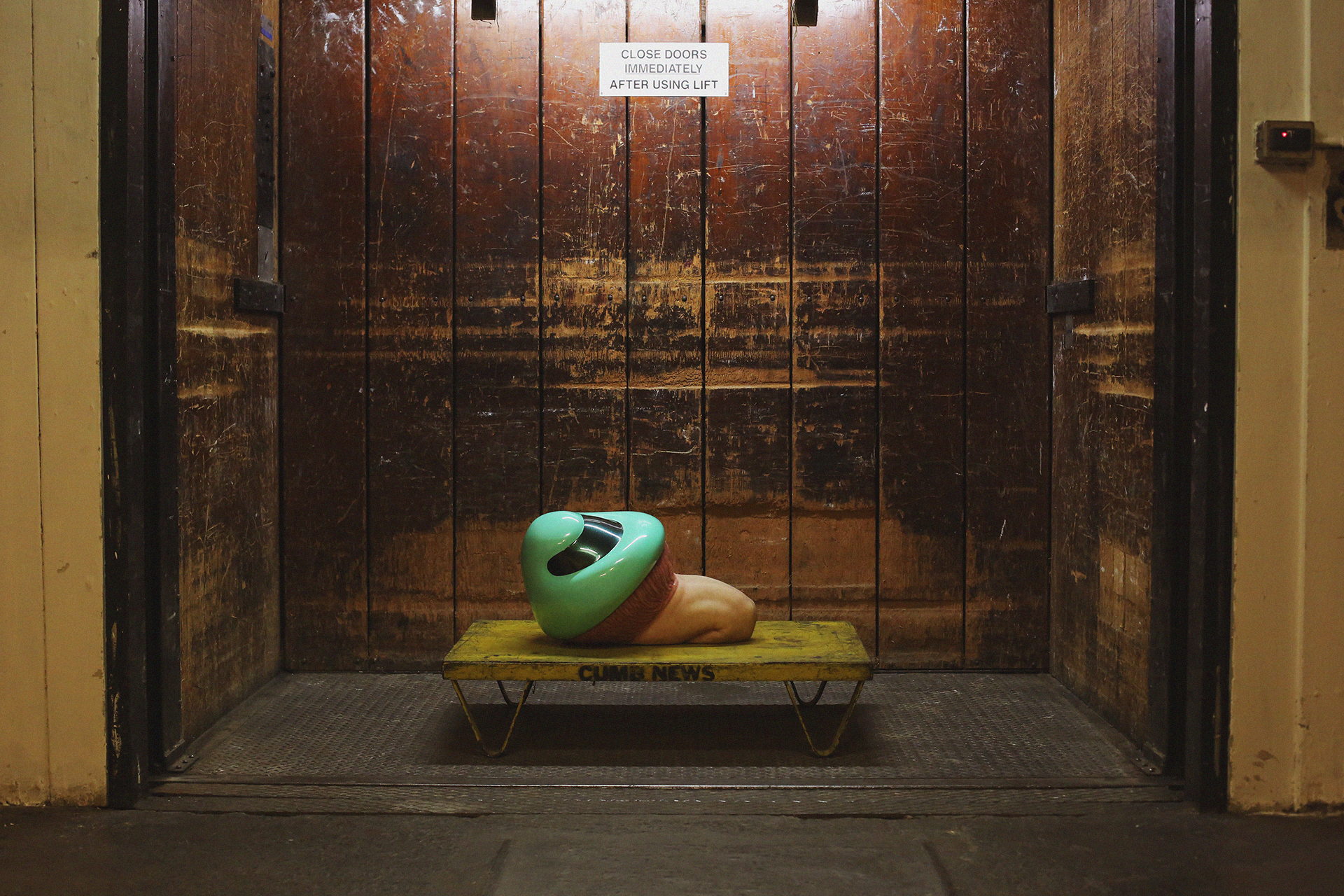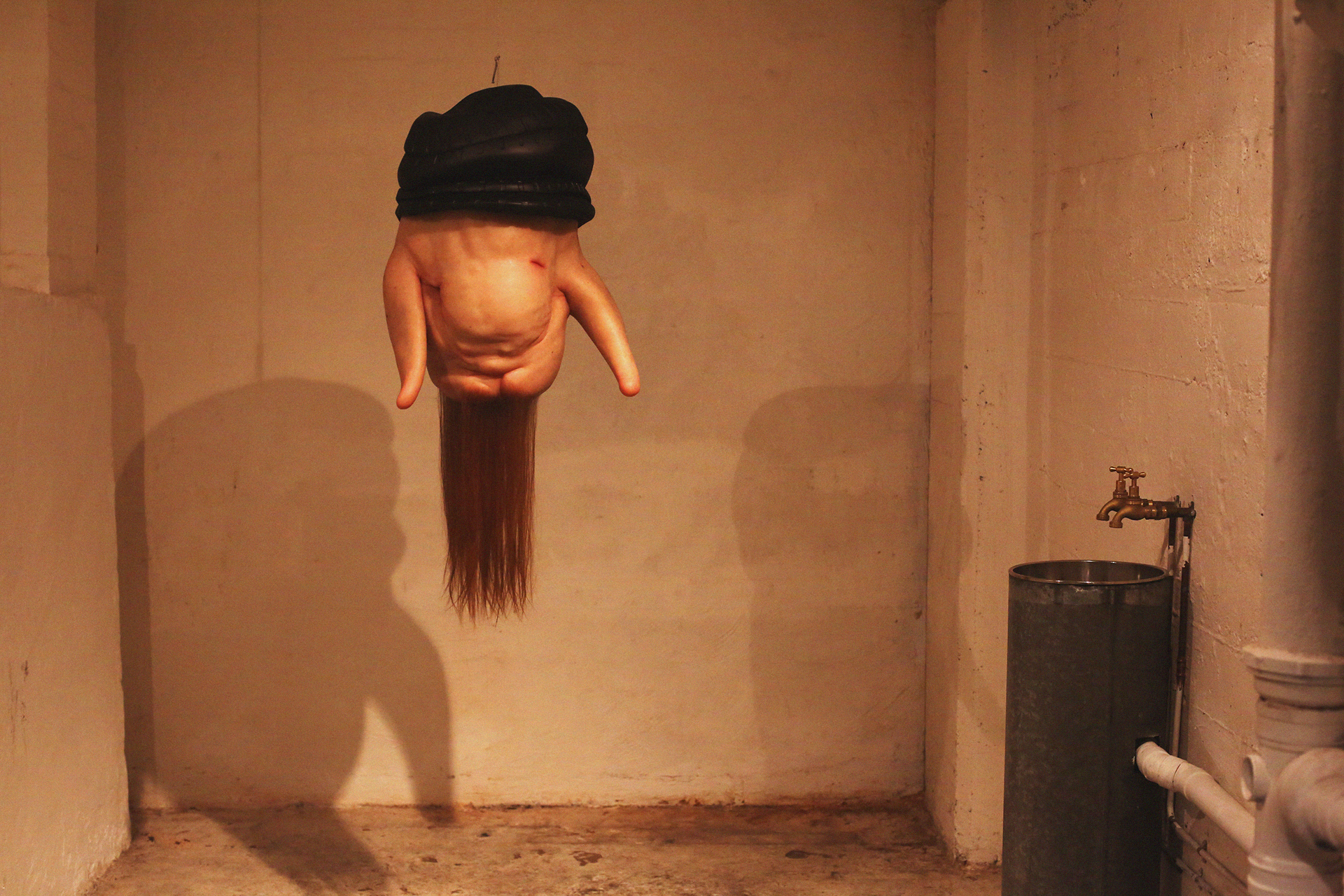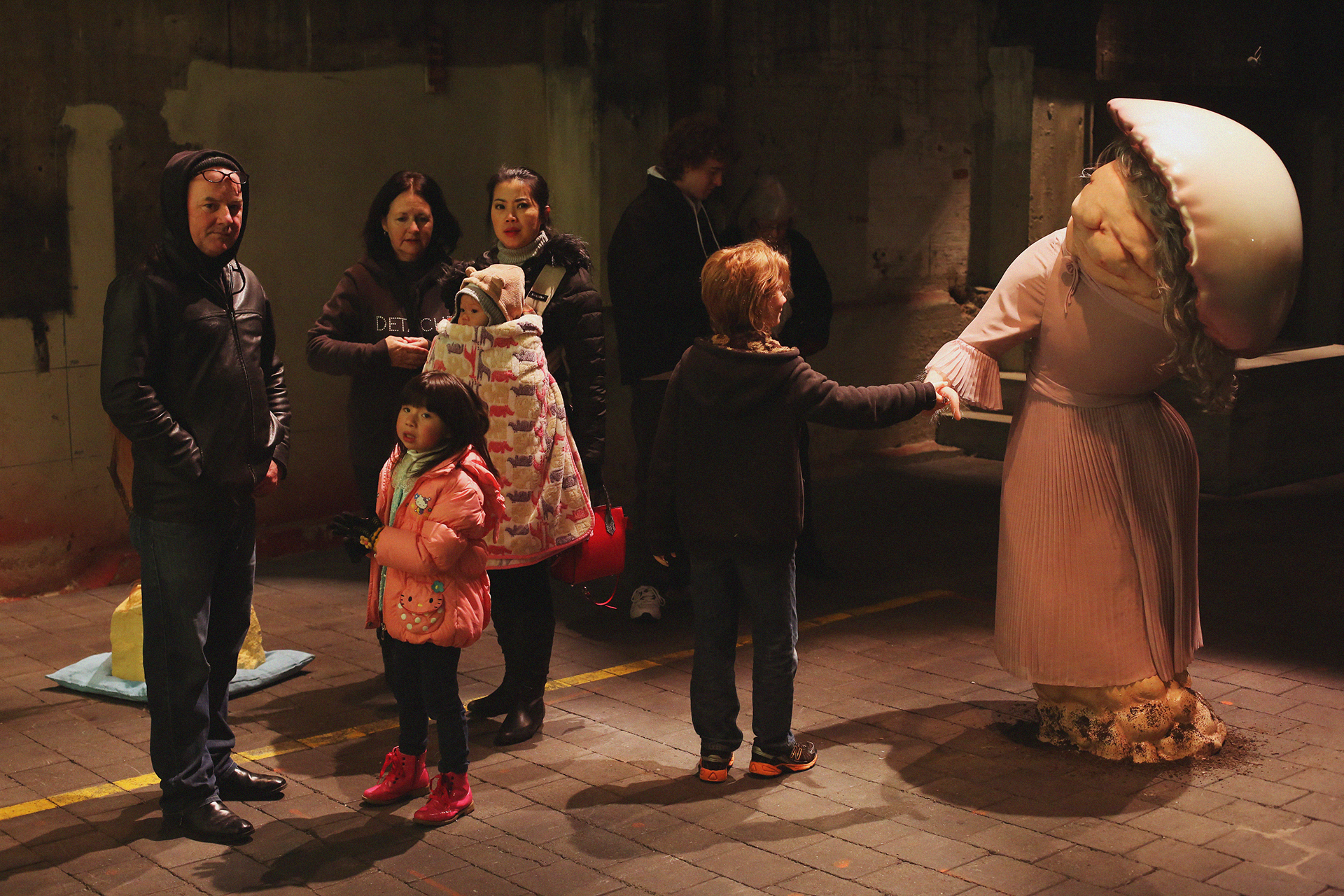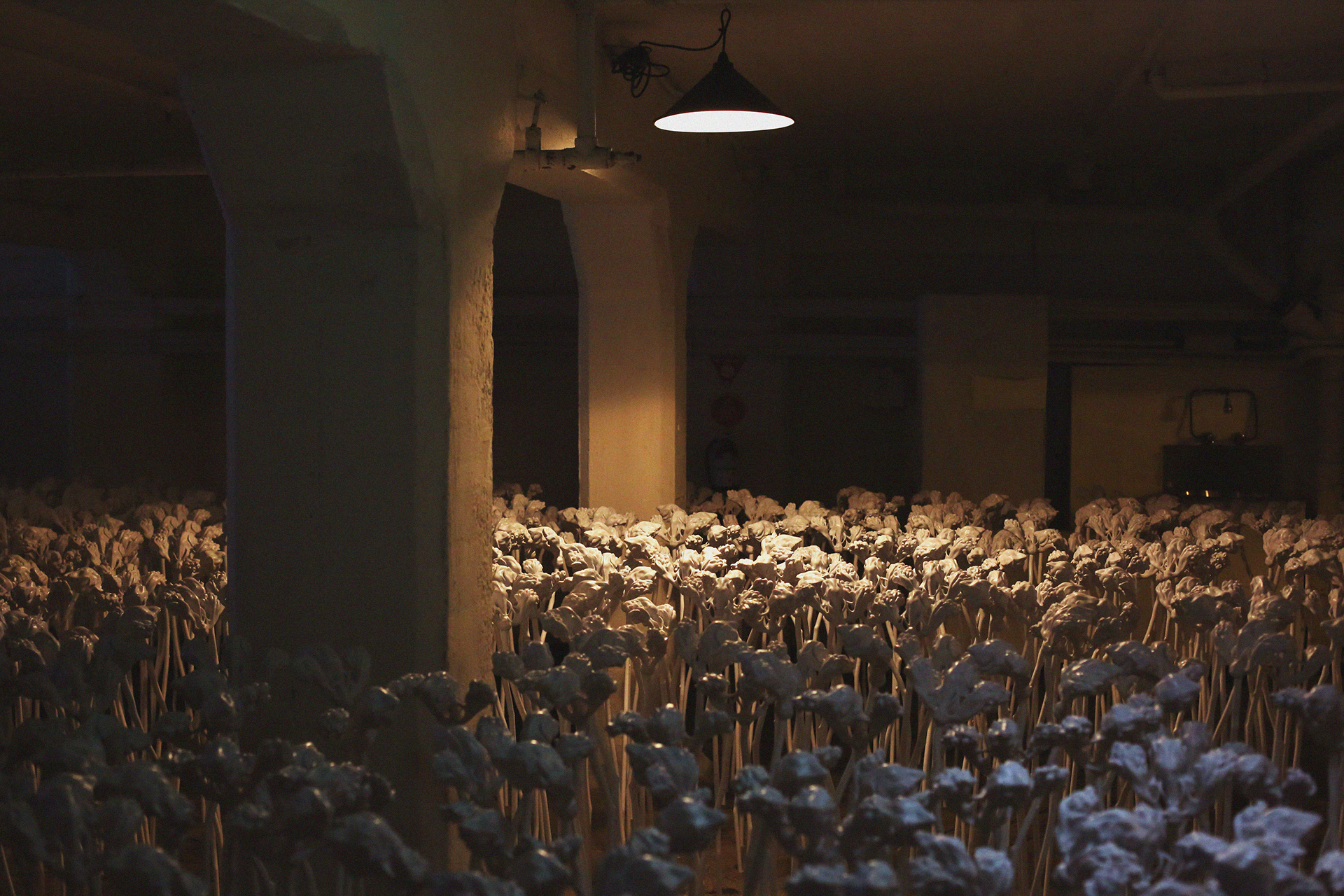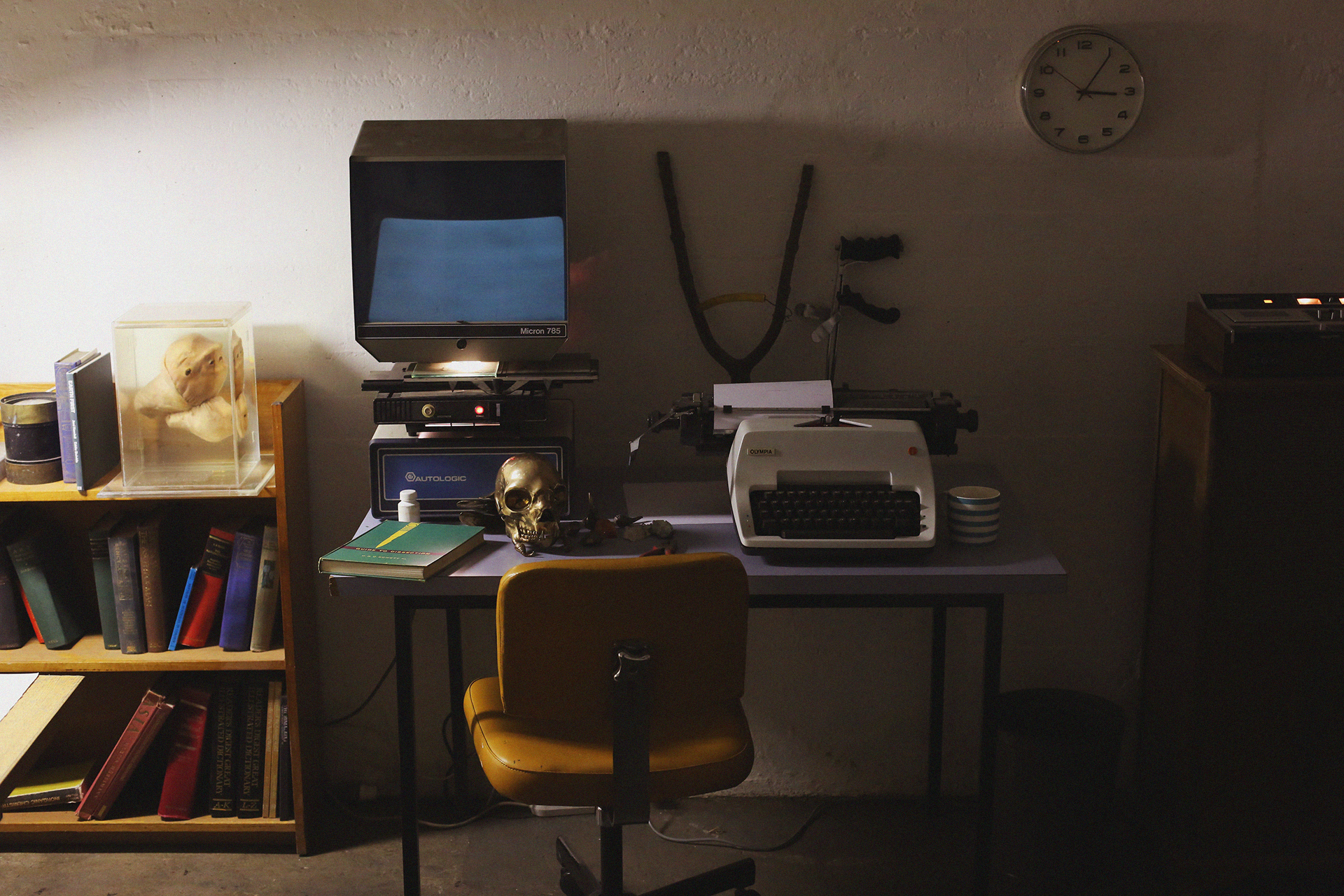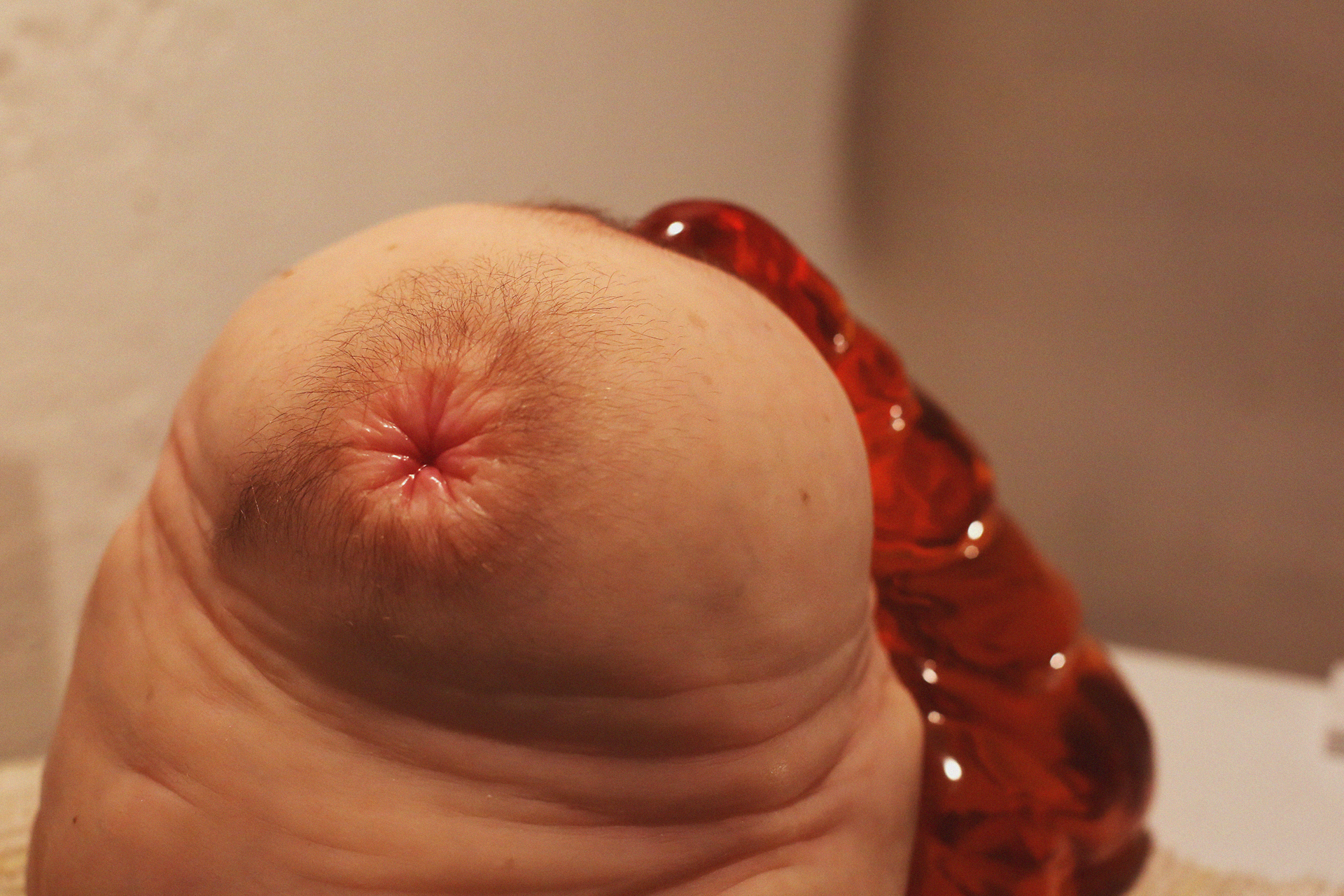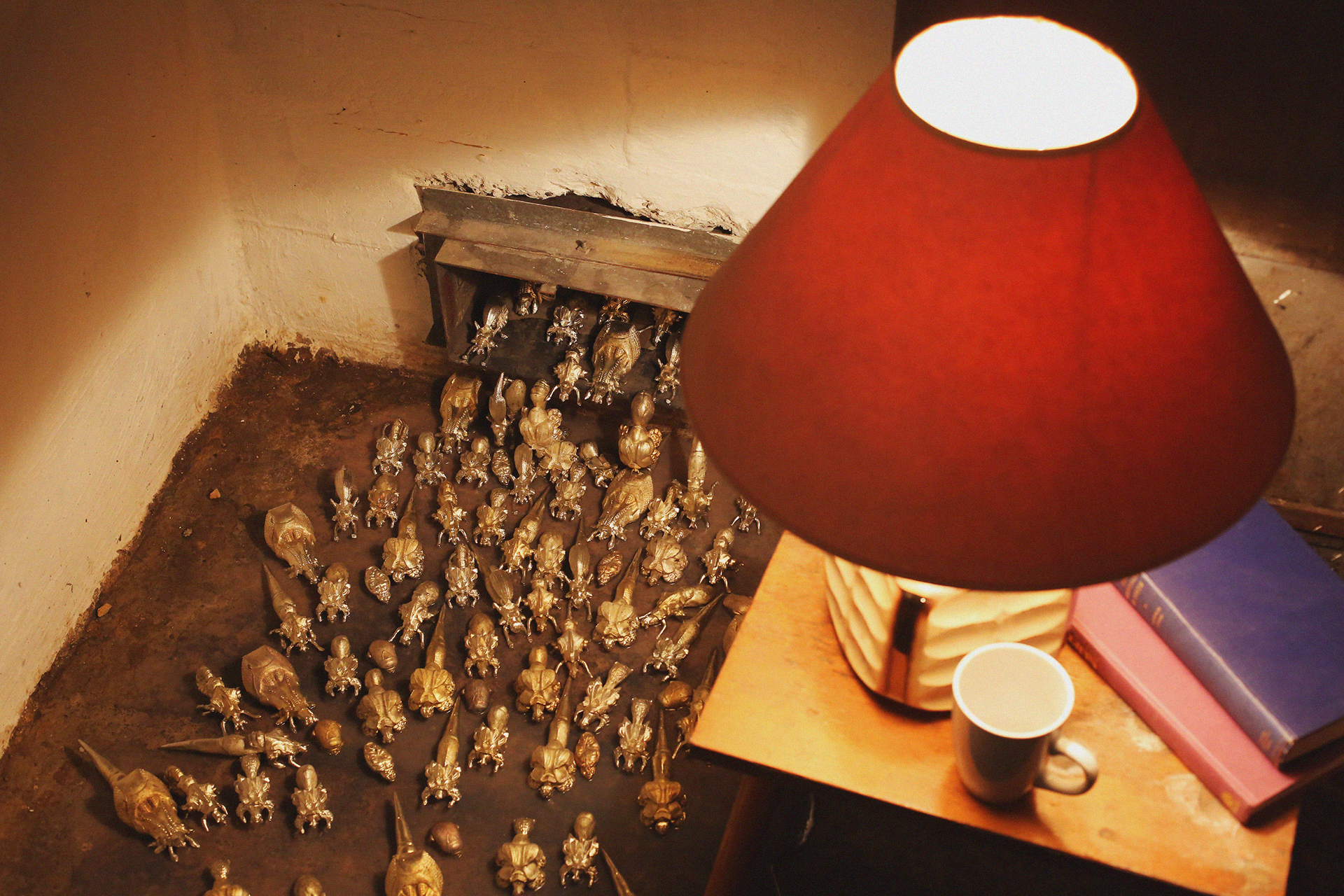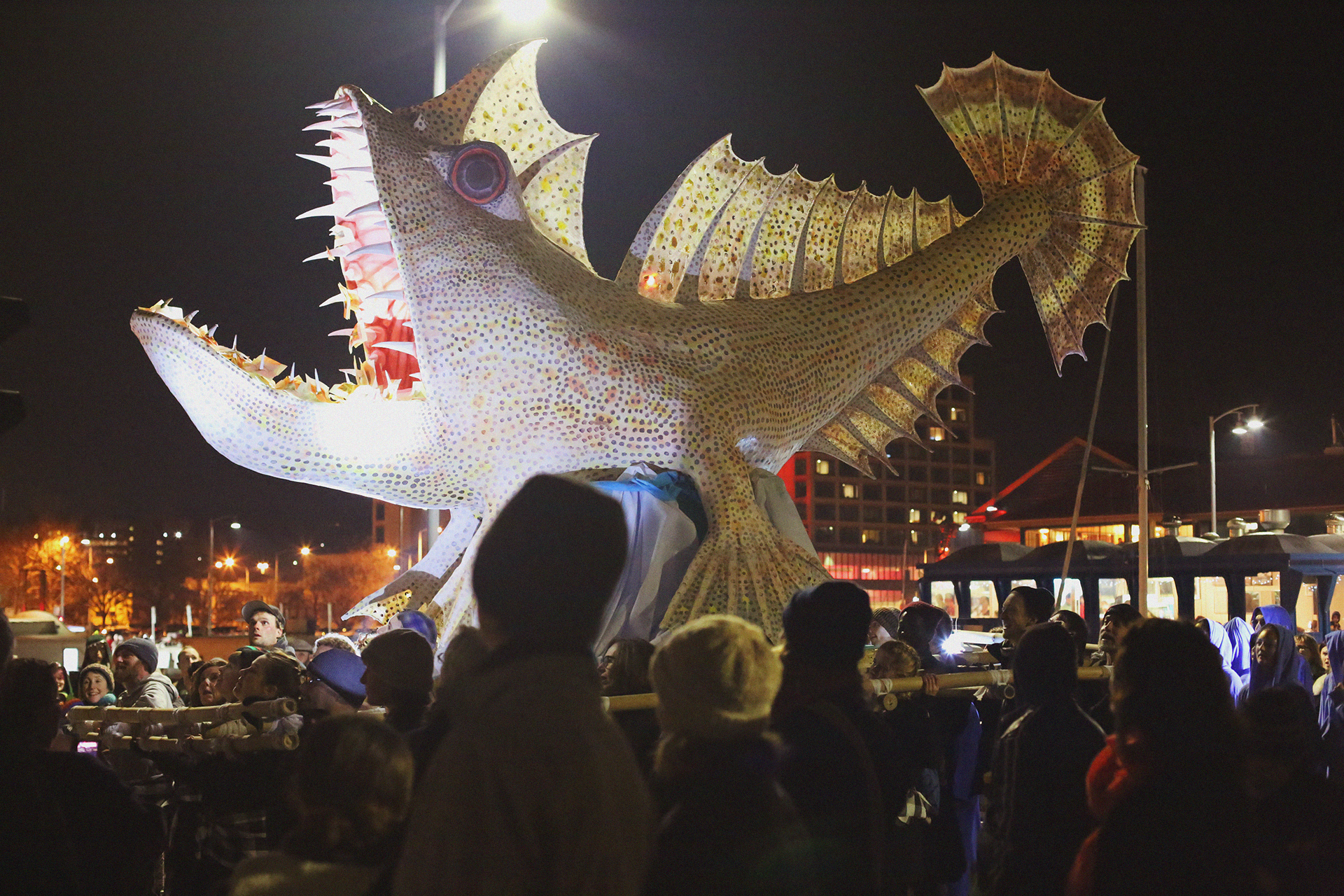This weekend I went to the small city of Ballarat in Australia for the Ballarat International Foto Biennale. I took a portfolio of prints of my most recent project with me in the hope I would get some nudges in the right direction. I also took part in a one-day workshop led by the very experienced and inspirational Stephen Dupont. While it’s still fresh in my mind, here is what I learned from the experience.
Learn to embrace the deflated feeling you get from being criticised
Of course it’s constructive criticism but it's not going to make you feel good like gushing praise will. But gushing praise isn’t going to make you better at what you do. Constructive criticism will. You’re going to feel a bit deflated that your project isn’t where you want it to be but that deflated feeling is the feeling of the gap between your reality and imagination getting smaller. Drink it in and apply it. Here’s Ira Glass talking about that gap.
Be specific in your project - don’t bite off more than you can chew
Find one thing that you are really doing well in your project and nail that. If you have even a tiny doubt about an image then lose it. It’s not good enough. I learned the painful way this weekend and I should have known better. Have the balls to look at what might be a great image and leave it out of a story if it doesn’t fit.
Don’t recreate other people’s work - be you
Looking at other people's work is great, especially the masters, and there is much to learn from it. But make sure your work is coming from within you. Those people have made that work from within them and that's theirs, now you make yours.
Study aesthetics
Pore over your images and pay close attention to the tiniest details. Even details you think people won’t notice. Especially those details. Read up on the classics of aesthetics and think about how people are going to be drawn into your image. Alasdair Foster pointed me in the direction of Vilayanur Ramachandran. Here’s a lecture of his on Aesthetic Universals.
Learn to step outside of your own mind
This is a real skill. You know all those thoughts and emotions you had when you took that photo? Your viewer won’t have any of them. Learn to ‘cold read’ your images to try and put yourself in your viewers shoes and feel what they are going to take directly from your image.
Collect EVERYTHING
In a world that is now completely saturated with images on Facebook, Instagram and elsewhere on the web, and where everyone is now a photographer, the question is how do your elevate yourself as a serious photographer? Stephen Dupont’s photobooks really demonstrate and reinforce the notion that the process of photography is an art. His images combine diary snippets, silk prints from India, notes from participants and many other found objects from his travels. It is these things that build a full story, add depth to his work, provide inspiration on their presentation and elevate them above even some of the best news photography, let alone the ocean of other images on the web today. So collect everything on your travels - it might go into your work it might not - but it is definitely going to add depth and point you in new directions.
Think of the first image in your story like the first page of a book
I already new that to start a story you need to hit your viewers with a great photo, but think of it like a story book - you wouldn’t tell the reader the main plot twist at the start. So, it might actually not be your best photo but it needs to pique the curiosity of your viewer, hold their attention and make them want to see what comes next. If your best shot sums up the whole story in one shot that’s amazing, you nailed it! But it’s probably not the best photo to start with because they already know what happens in the story.
I hope if you read this you found it useful. I definitely recommend working towards a portfolio review, sharing your work, listening to the feedback and using that to push your inspiration to levels you didn’t think you had before. And I hope this is useful to someone out there.
